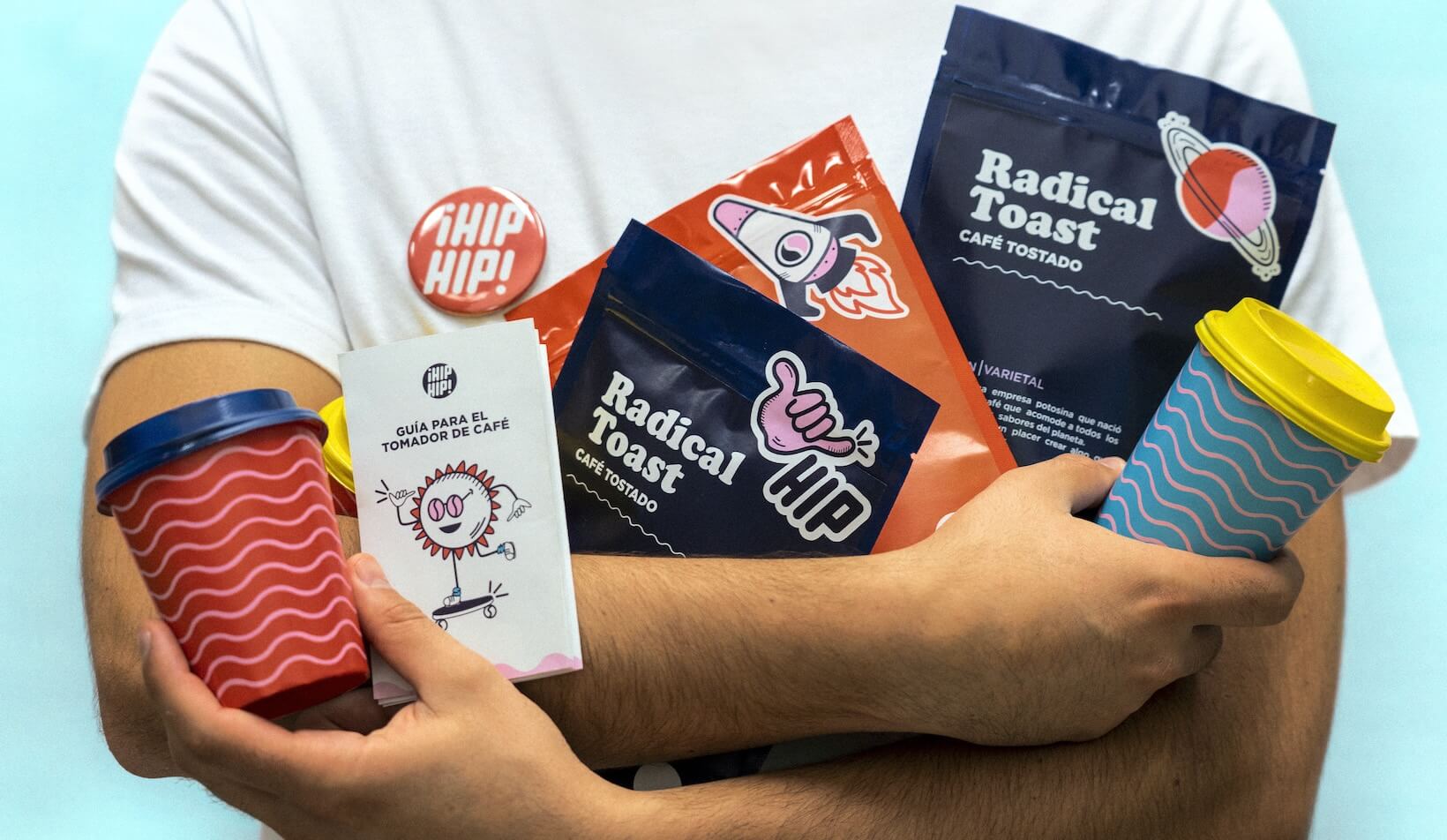Packaging styles tell consumers a story, from Pringles cans encouraging solitary snacking to Tiffany & Co.’s luxurious, trademarked turquoise boxes. Red Bull’s electric colors and charging bull signify that the energy drink will recharge you. The McDonald’s Happy Meal comes in a small carrying case for kids on the move. What does your brand’s packaging convey to customers?

Getting People’s Attention
One of the main things your packaging style conveys is its presence. An average supermarket contains 35,829 products, all brandishing unique packages. Do people notice your brand or pass it by?
When designing your packaging, consider how it will look on a store shelf. Some ideas for making your product stand out include:
- Nontraditional labeling
- Unique packaging shapes
- Distinct colors or materials
Regardless of how you design your packaging, consider how easily it will stack in a warehouse or truck. It’s also important to know custom packaging usually costs more than standard designs.
What Message Does Your Packaging Convey?
Packaging styles encompass color, materials and many other design choices. What do customers think when they see your brand?
The color of your primary packaging — which interacts directly with your product and consumers — can reveal a lot about its contents. Some general beliefs are that black conveys luxury and professionalism, white looks tech-oriented and fresh, green implies environmentalism, and yellow is whimsical and childlike.
However, context matters when it comes to color. A shoebox printed in green and brown might remind people of getting back to nature, while the same colors on a chocolate box suggest the candy contains mint. Keep your audience and product in mind when designing your packaging styles.
Consumers are increasingly interested in sustainability. The Environmental Protection Agency (EPA) reported that containers and packaging generated 80.1 million tons of waste in 2017, accounting for almost 30% of total trash production. Customers have started looking for minimal, recyclable packaging they can feel good about purchasing.
Plastic has gained a poor reputation in recent years. Good choices for packaging include cardboard, paper, glass and wood.
What you print on your packaging — and how you design it — tells consumers a lot about your brand. For example, Dr. Bronner’s completely covers its soap bottles in text about being fair and generous to all humankind. The packaging conveys the brand’s sustainability message while appealing to its target audience, many of whom lead unconventional lifestyles.
In contrast, Apple products come in sleek, minimalistic boxes with little text. The word “iPhone” in a legible font is enough to tell its tech-savvy consumers what the package contains. Some text doubles as a logo, as with Netflix, Amazon, Coca-Cola and FedEx.
A photo or artwork can quickly let people know what the packaging contains, the target market and more. For example, Girl Scouts cookie boxes feature pictures of girls gardening, giving speeches and going rafting, indicating how buying the cookies will fund these activities. They also include images of the cookies to entice people to purchase the product.
Pampers diaper packages feature photos of babies and toddlers, helping parents quickly identify which size to buy. They also convey that babies feel happy and comfortable wearing the diapers.
Protecting Your Product
In addition to making your product stand out and conveying information about it, your packaging should also protect its contents. Your packaging should be resistant to dust, moisture, extreme temperatures, pests and any other issues the product may encounter from factory to store. At the same time, it should be easy for customers to open once they get it home.
Creating the Best Packaging Styles
Packaging can convey a lot of information. The right design will draw your target audience in, explain your product and encourage a sale. It will also keep it safe during transit and storage. Use different styles to your advantage and watch your offerings fly off the shelves.
 Eleanor is editor of Designerly Magazine. Eleanor was the creative director and occasional blog writer at a prominent digital marketing agency before becoming her own boss in 2018. She lives in Philadelphia with her husband and dog, Bear.
Eleanor is editor of Designerly Magazine. Eleanor was the creative director and occasional blog writer at a prominent digital marketing agency before becoming her own boss in 2018. She lives in Philadelphia with her husband and dog, Bear.

